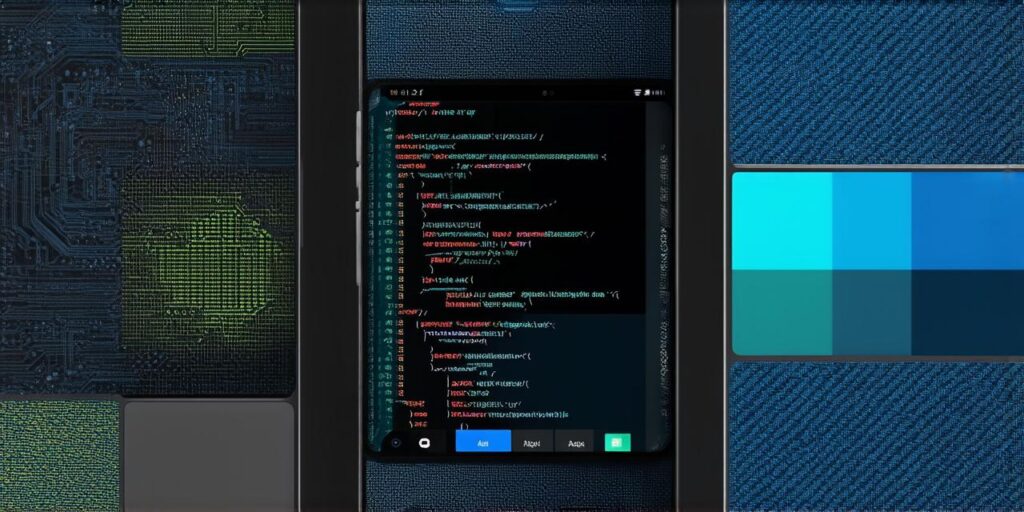
Flutter is a cross-platform mobile application development framework created by Google. It was first announced in 2017 and has since become one of the most popular frameworks for building native-like mobile apps on both Android and iOS platforms.
One of the main benefits of using Flutter is its ability to provide a consistent and fast development experience across multiple platforms, eliminating the need for separate codebases for each platform. This allows developers to build mobile applications once and deploy them across multiple devices with minimal effort.
Another advantage of Flutter is its use of the Dart programming language. While some may find Dart’s syntax challenging at first, it has a number of features that make it easier to work with in a mobile development context. For example, Dart is statically typed, which helps catch errors early and improve code maintainability. Additionally, Dart compiles directly to native code, allowing for faster performance on both Android and iOS devices.
Flutter also offers a number of built-in widgets and libraries that make it easy to create high-quality mobile applications. These include everything from basic UI elements like buttons and text fields, to more advanced features like animations and transitions.
In addition to its development capabilities, Flutter is also known for its active and supportive community. This includes a large number of open-source libraries and plugins that can be used to extend the functionality of Flutter applications, as well as regular updates and bug fixes from the Flutter team.
Overall, Flutter is a powerful and flexible cross-platform mobile application development framework that offers a number of advantages over traditional approaches to mobile development. Its use of Dart and its built-in widgets and libraries make it an ideal choice for building high-quality mobile applications on both Android and iOS platforms.



